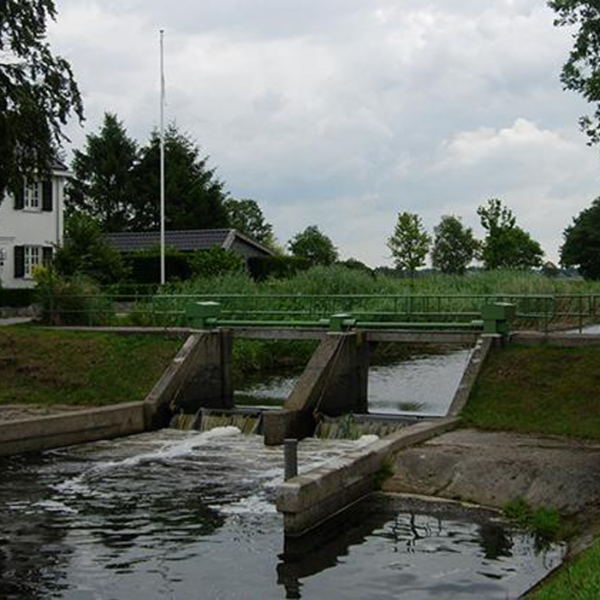Global hydropower potential: 33 % of total energy requirement

Global hydropower potential: 33 % of total energy requirement
In 2012 Lourens Meijer completed a detailed account of the global potential of hydropower during his graduation internship at Witteveen+Bos for his study at TU Delft. The results of the research were published in the scientific journal PLOS One on Wednesday, 8 February 2017. The Delft researchers (Olivier Hoes, Lourens Meijer, Ruud van der Ent en Nick van de Giesen) used a model combining various geographical information systems to create a simulation of the global potential of electricity generated using hydropower. All of the world’s rivers with a discharge exceeding 100 litres/s were replicated, resulting in an extremely extensive database containing a network of rivers.
Additional data was used to chart the gradients of these rivers, with the aim of determining suitable locations for hydroelectric power stations. The research offers insight into the spatial distribution of hydropower and the amount of energy that the approach could theoretically generate in a specific area.
Hydropower could potentially replace a significant part of the contribution currently made by fossil fuels to energy production. This study is the first of its kind to present a detailed evaluation of the potential contribution of hydropower at each location, based on the slope and discharge of all of the world’s rivers. Hydropower represents a total theoretical contribution of approximately 52 PWh/year, distributed amongst 11.8 million locations. This amounts to 33 % of the annual global energy requirement; hydroelectric power stations currently account for 3 % of this annual energy requirement.
This detailed data will enable local authorities and companies to identify suitable locations for the construction of hydroelectric power stations, particularly locations at which smaller power stations could perform well.